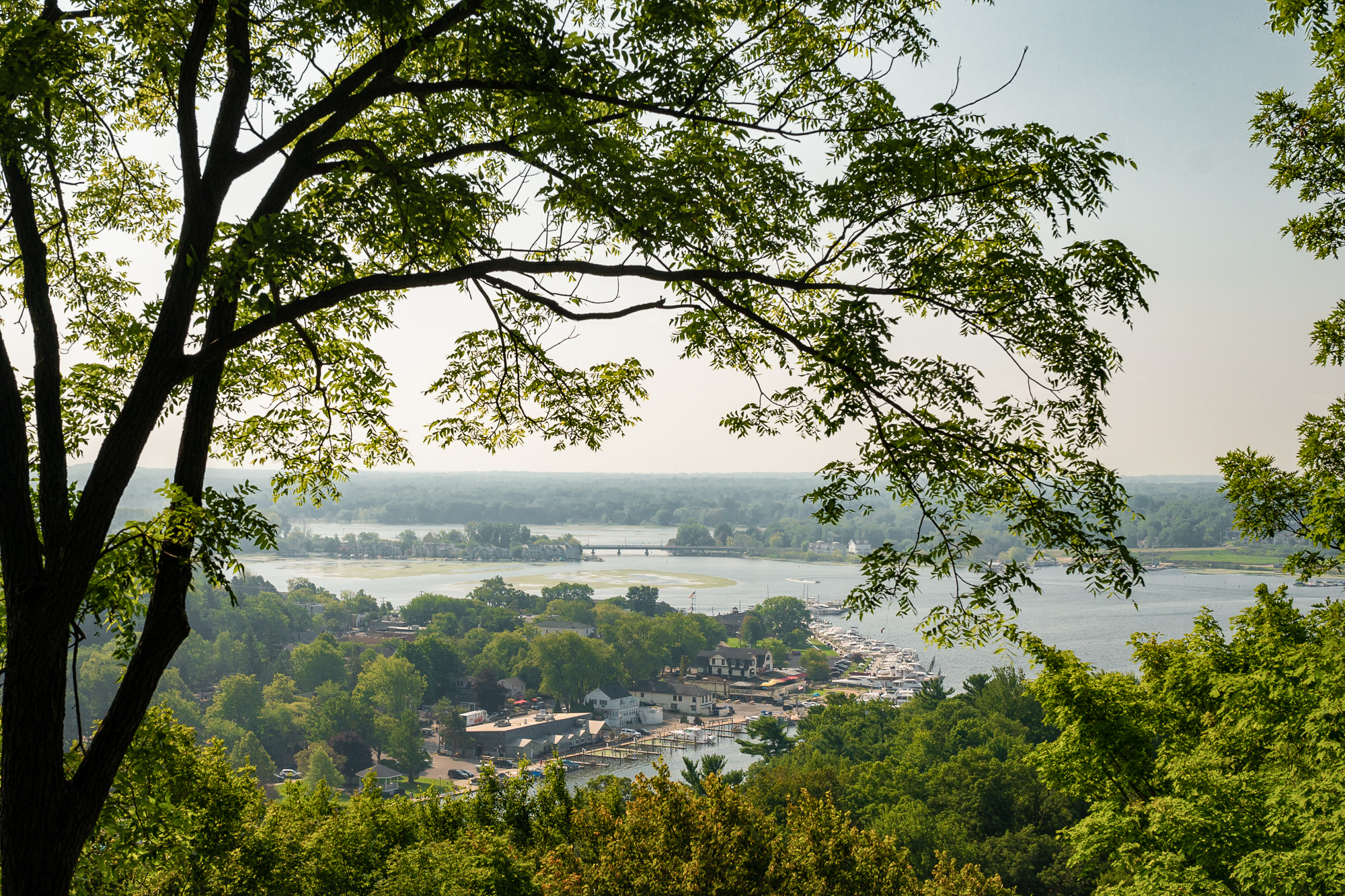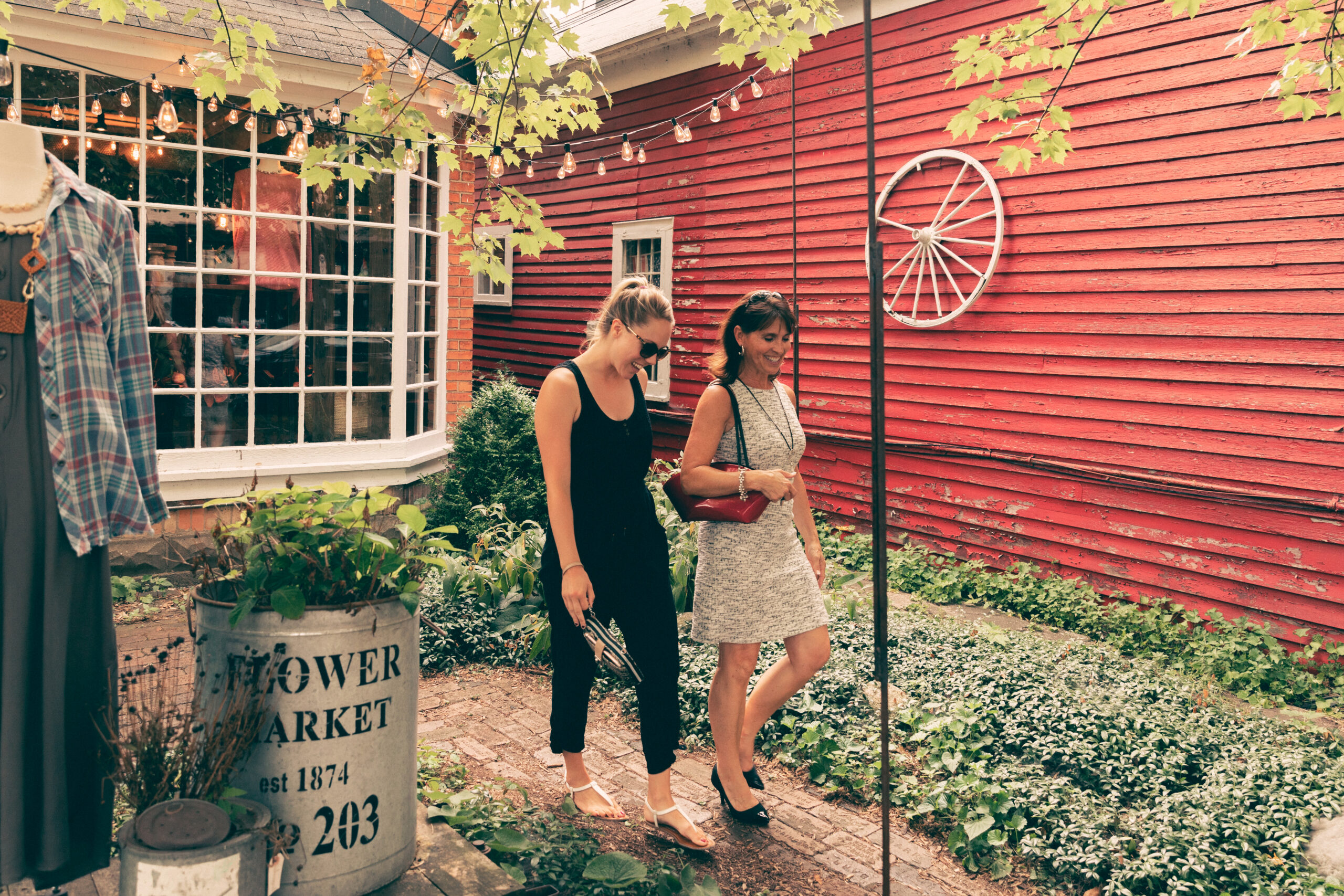On the Hunt for Wildflowers Along the Art Coast®
West Michigan’s fertile soil, sprawling woodlands, and temperate climate (thanks to cool lake breezes) make the Art Coast the perfect spot to go searching for wildflowers. If you’re in the area in spring and summer, you’ll have plenty of opportunities to seek out species hiding along sandy forest trails and in meadows and wetlands. You’ll also want to visit a few local farms that plant wildflowers for people to enjoy in the summer months.
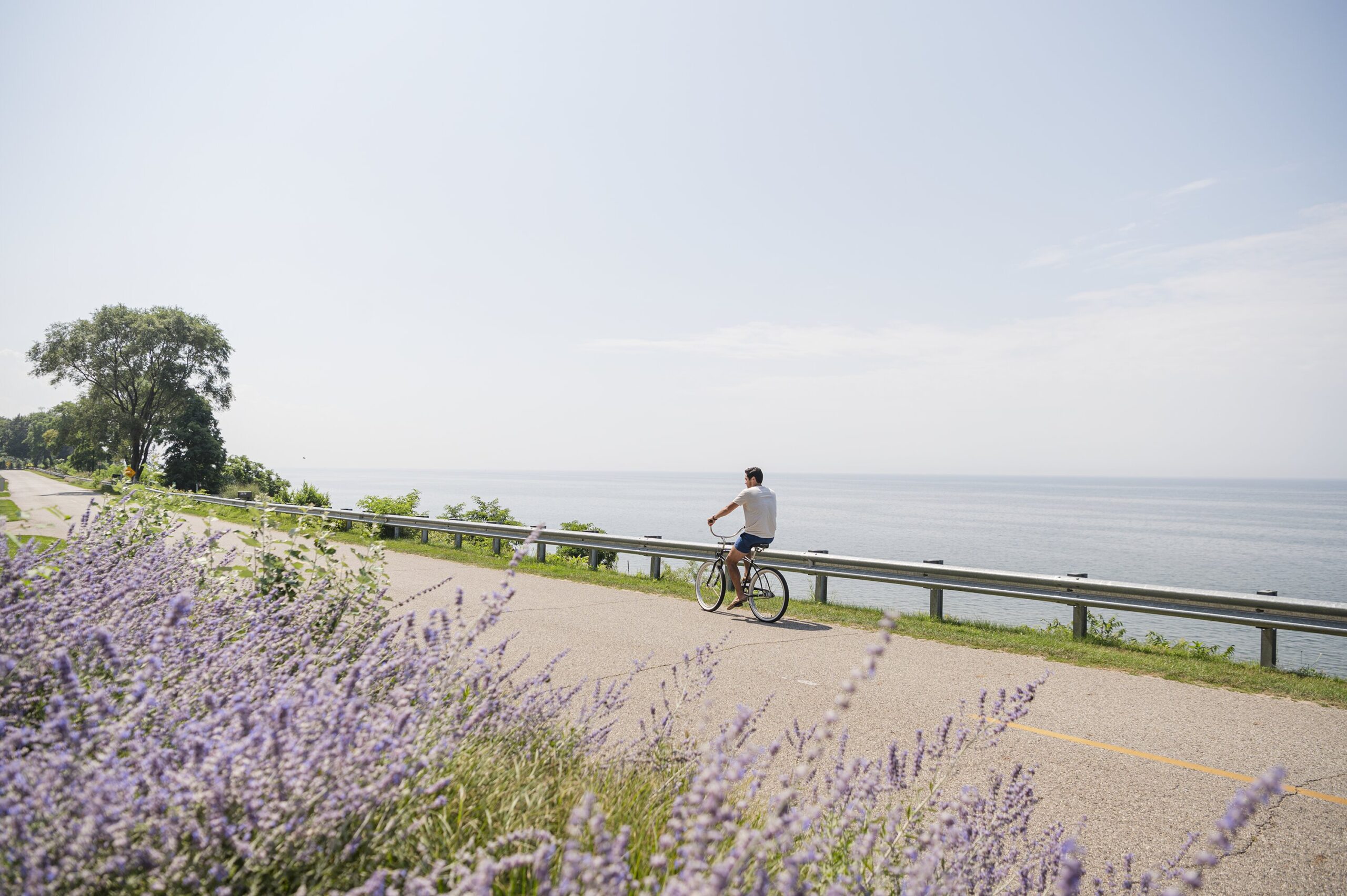
Where to Look
For an all-encompassing wildflower hunting adventure, visit Saugatuck State Park, which offers 1,000 acres of maple and pine forests, rolling dunes, and wetlands. Saugatuck Harbor Natural Area is another great option, especially if you’re looking for dune and wetland flowers. This 2.5-mile trail features unspoiled dunes, delicate wetlands, and breathtaking views of Lake Michigan.
If a relaxing drive into the country is more your speed, head down to Fennville to see a four-acre poppy field next to Pleasant Hill Farm. Planted by farm owners Joan Donaldson and John Van Vorhees, the field is a memorial to their son, who took his own life after struggling with PTSD stemming from a tour in Afghanistan. Located across from the cemetery where their son is buried, the flowers also attract butterflies and bees to the blueberry farm.
The best time to visit this stunning site is between early June and early July. Park at the cemetery and spend some time walking the perimeter of the field. The owners ask that you don’t walk through the field or pick the flowers—but definitely take pictures of this amazing site!
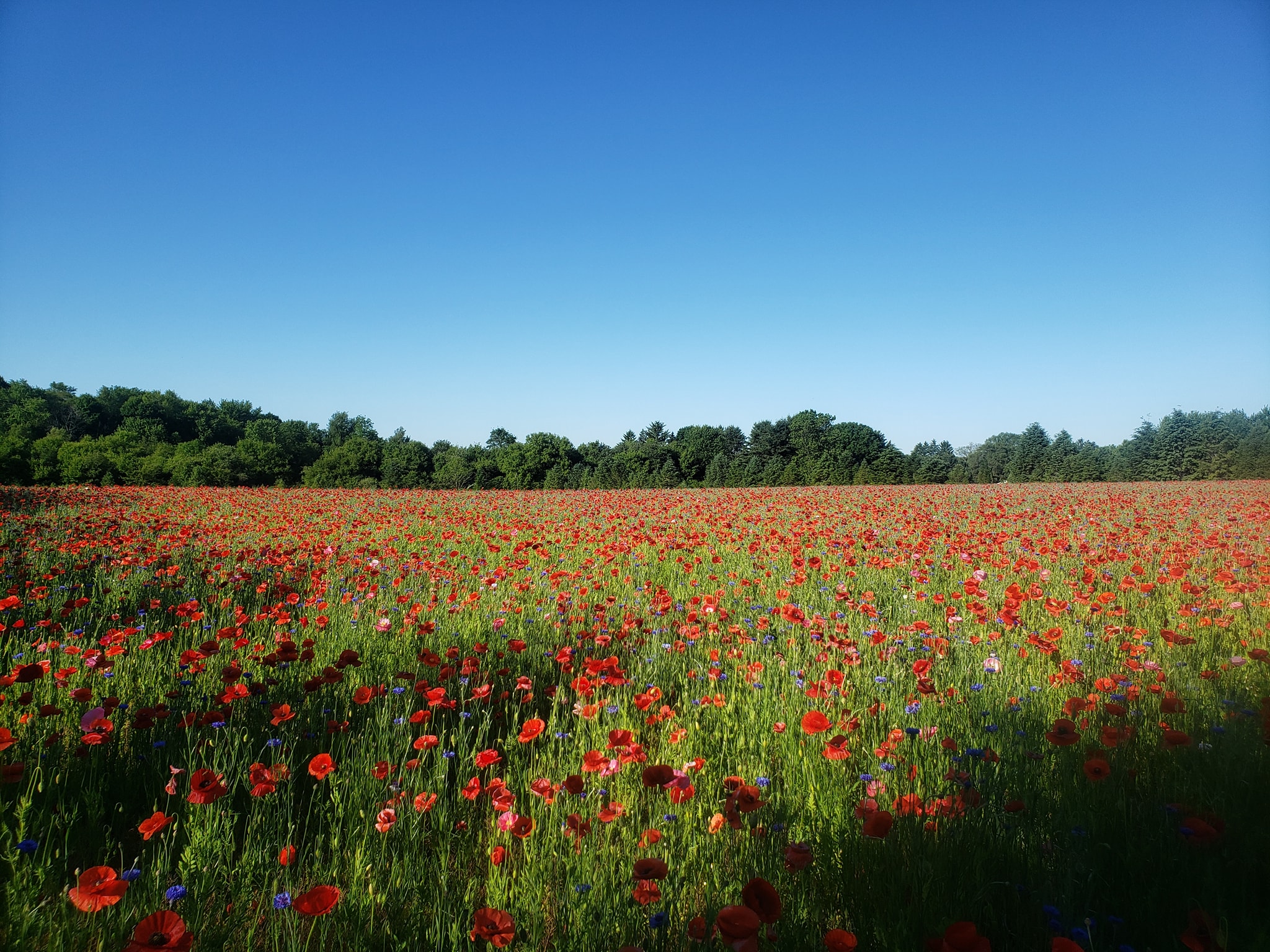
What to Bring
Check out the free Michigan Wildflowers app, which you can download from the App Store or Google Play. This helpful guide identifies wildflowers by color, flower shape, habitat, and more and allows you to document when and where you spotted the flower.
If you’re more of an analog person, bring a Wildflowers of Michigan Field Guide, which you can order online or find at your local bookstore. The Land Conservancy of West Michigan also offers a free, printable Wildflowers of West Michigan Guide, which was used as a reference for this article.
What You’ll Find (By Habitat)
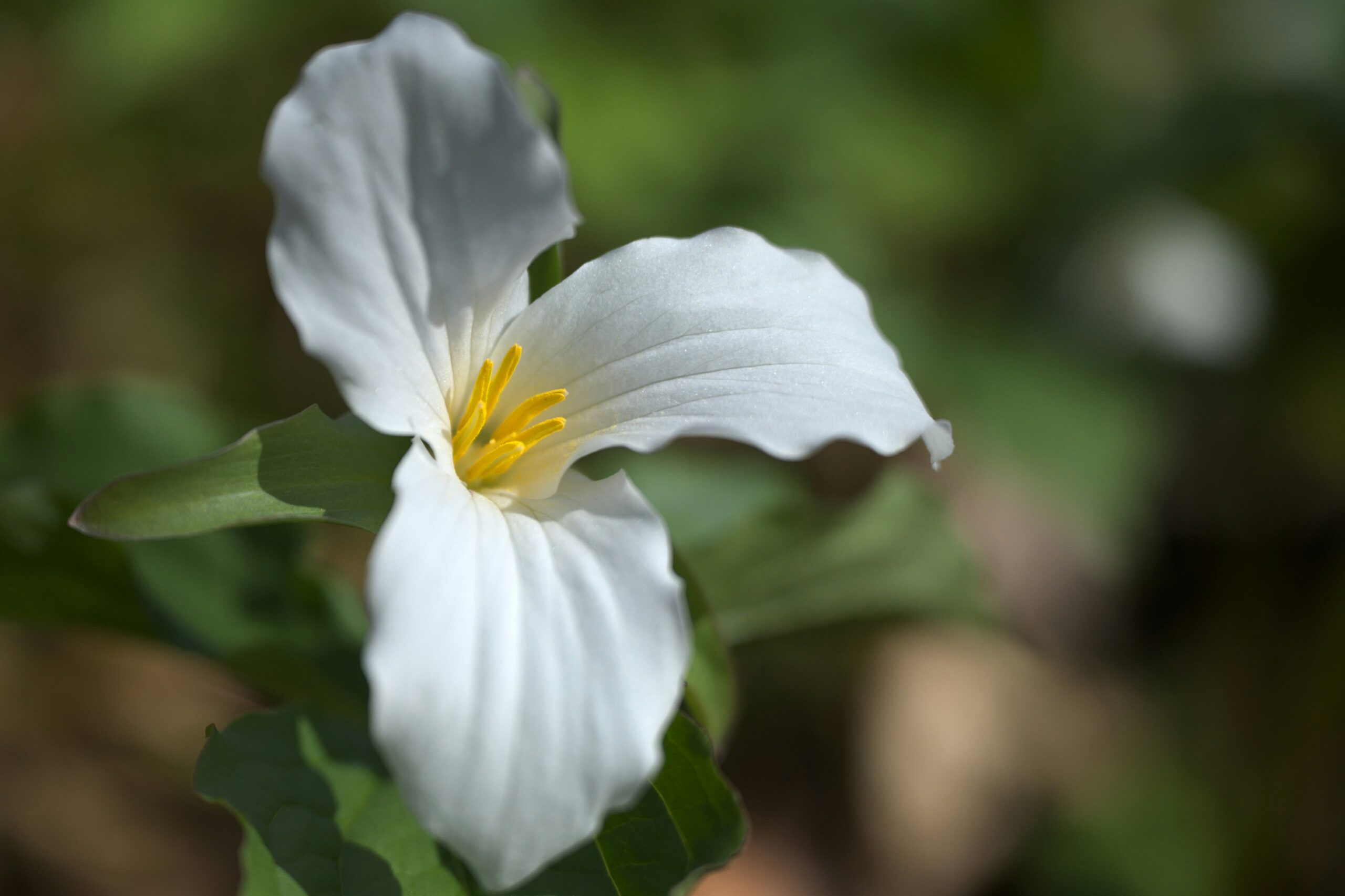
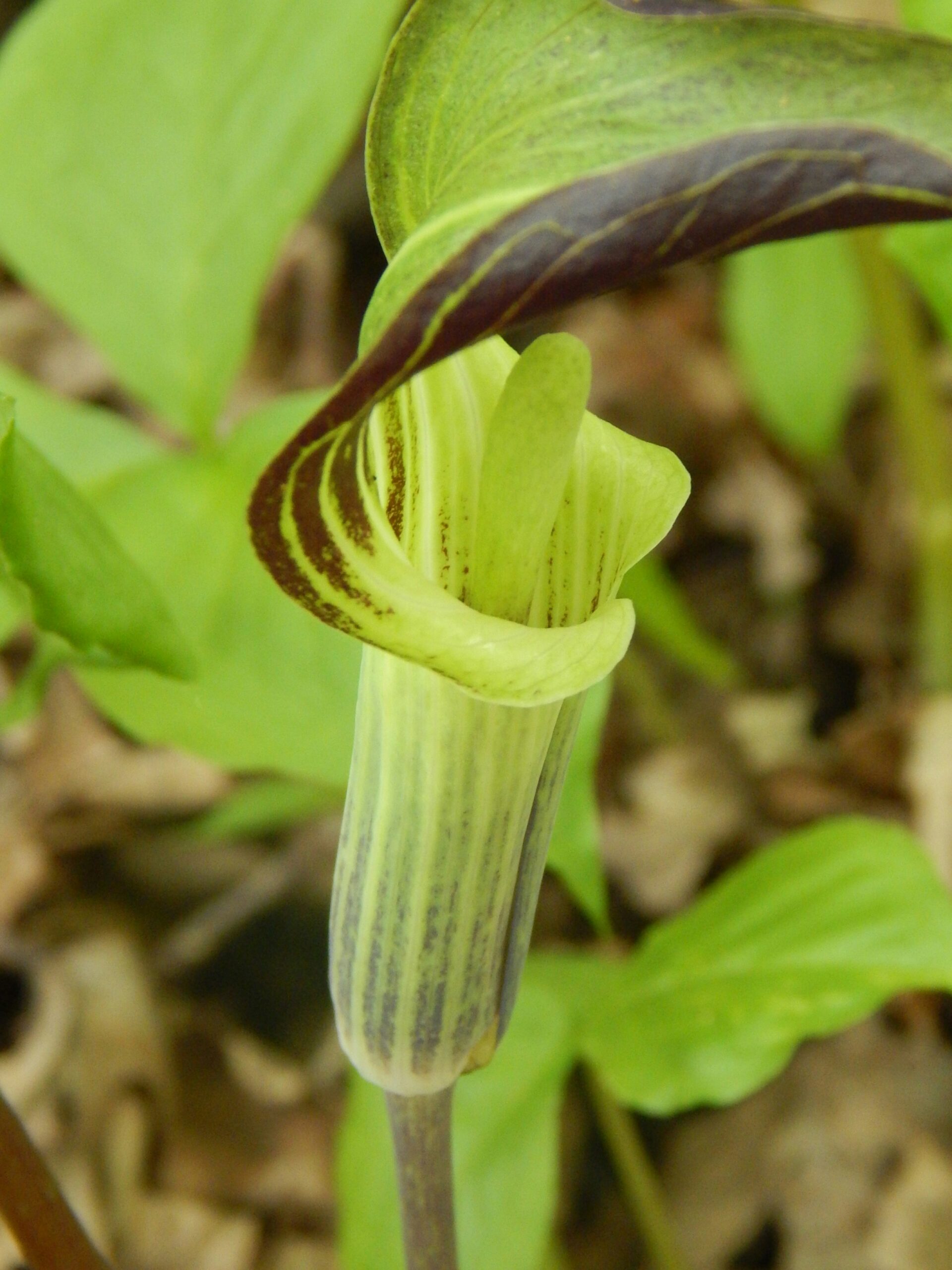
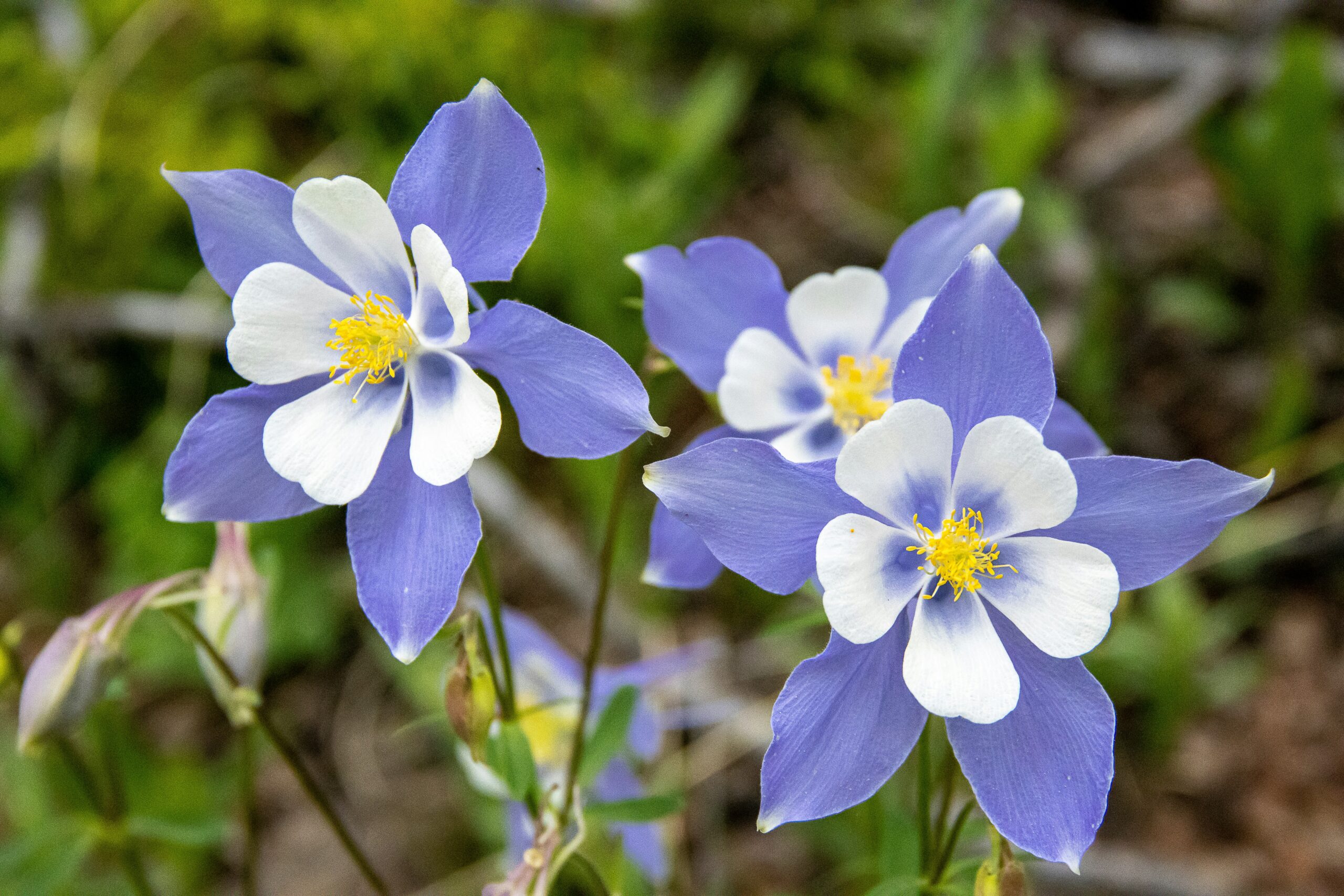
Forest
Dutchman’s Breeches (March – April)
Delicate heart-shaped white flowers
Trout Lily (March – May)
Yellow petals facing backward on a single stem
Trillium (April – June)
White or pink three-petal flower with three leaves
Jack-in-the-Pulpit (May-July)
All-green, spotted flower with a hood-like structure (Fun Fact: If you touch this plant to your tongue, your mouth will go numb.)
Columbine
Pink or purple bell-like flowers beloved by bees and hummingbirds

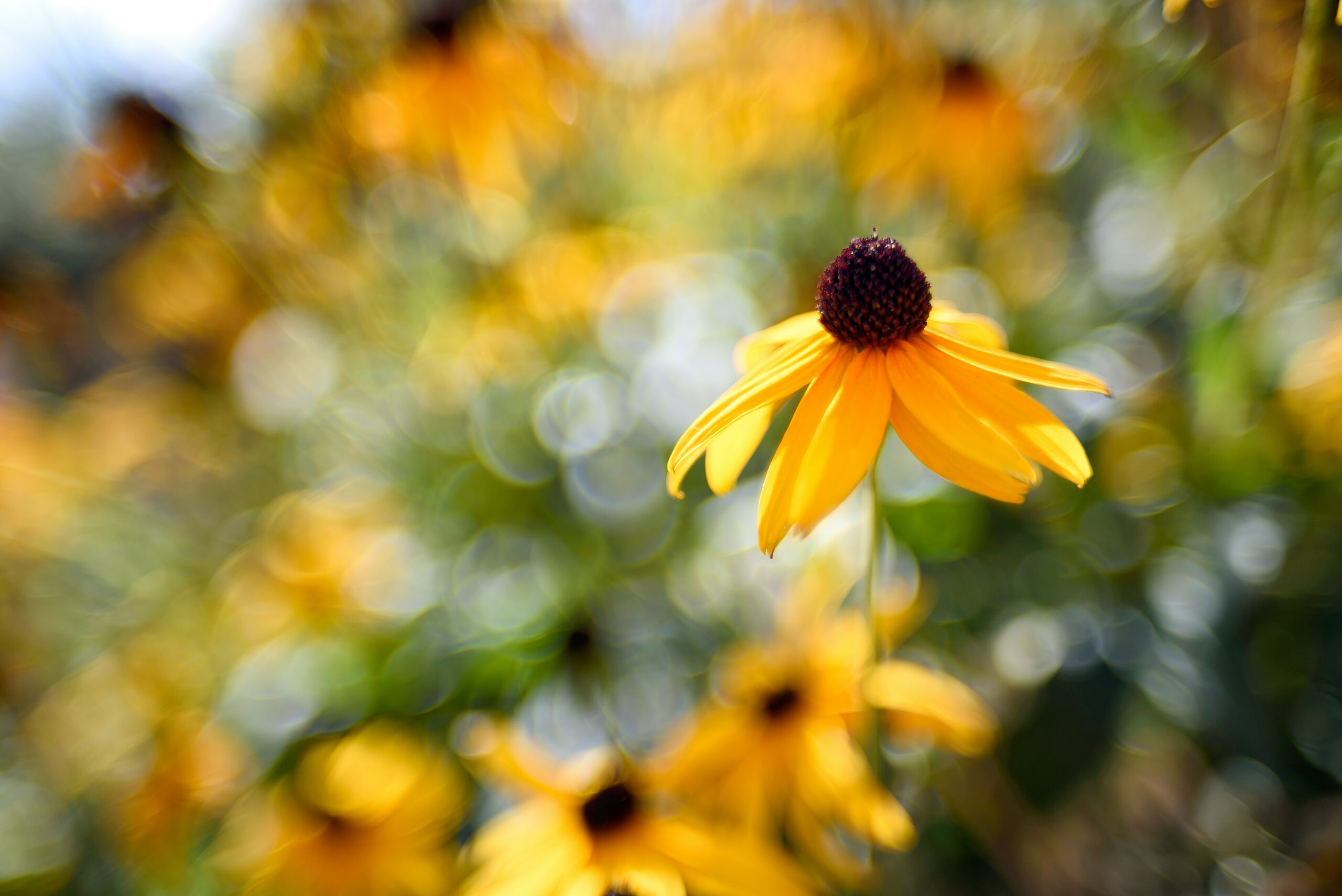
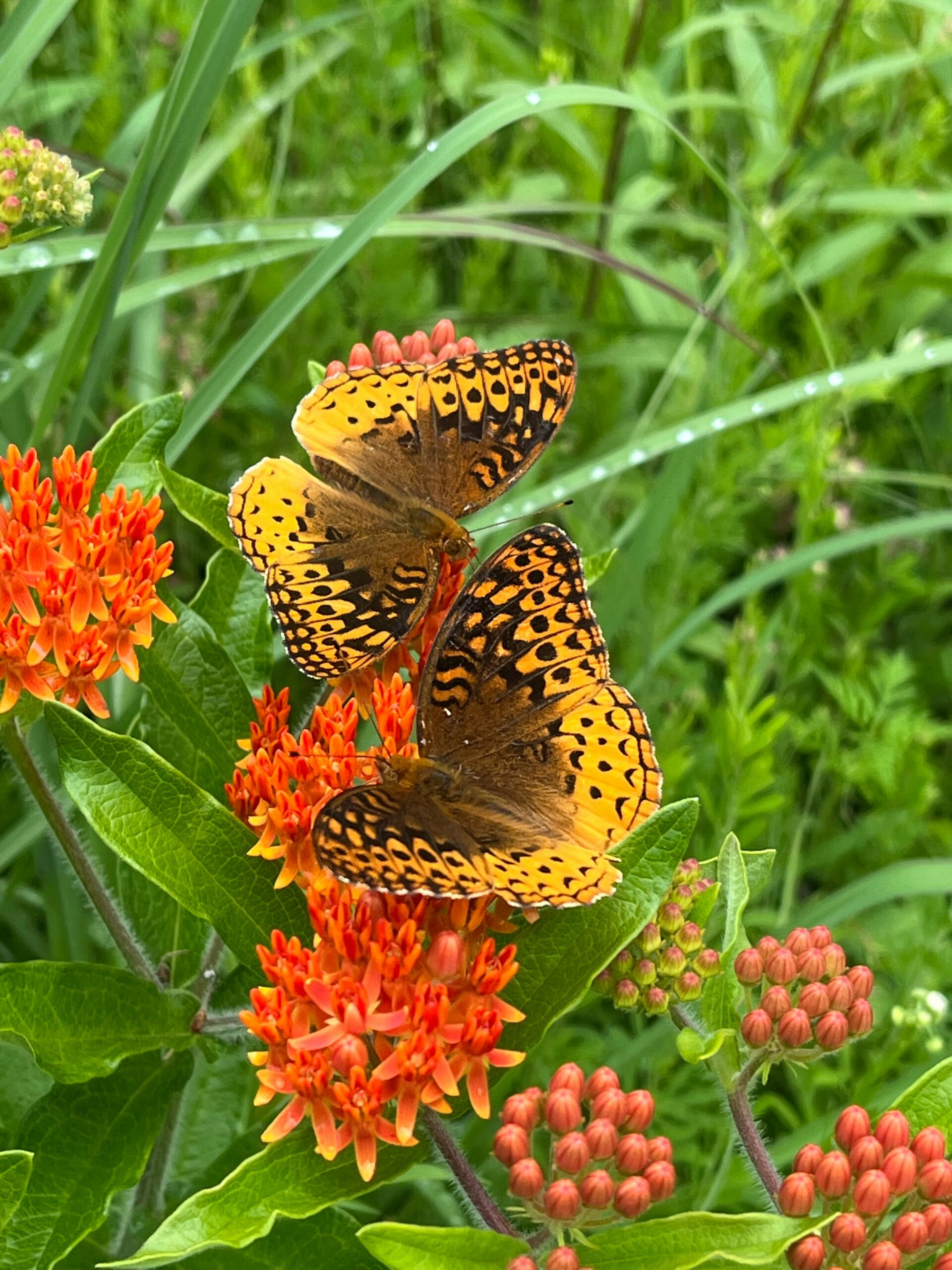
Fields/Dune
Lupine (May- June)
Pea-like purple flowers that grow on tall stalks
Prickly Pear Cactus (June-July)
West Michigan’s only native cactus with a bright yellow or pink flower
Black-Eyed Susans (June – August)
Bright yellow petals surrounding a brown cone in the center
Tall Coreopsis
A tall plant with delicate, bright yellow flowers that attract a variety of insects
Butterfly Weed (June – August)
Bright orange clusters of flowers that attract bees, butterflies, and hummingbirds
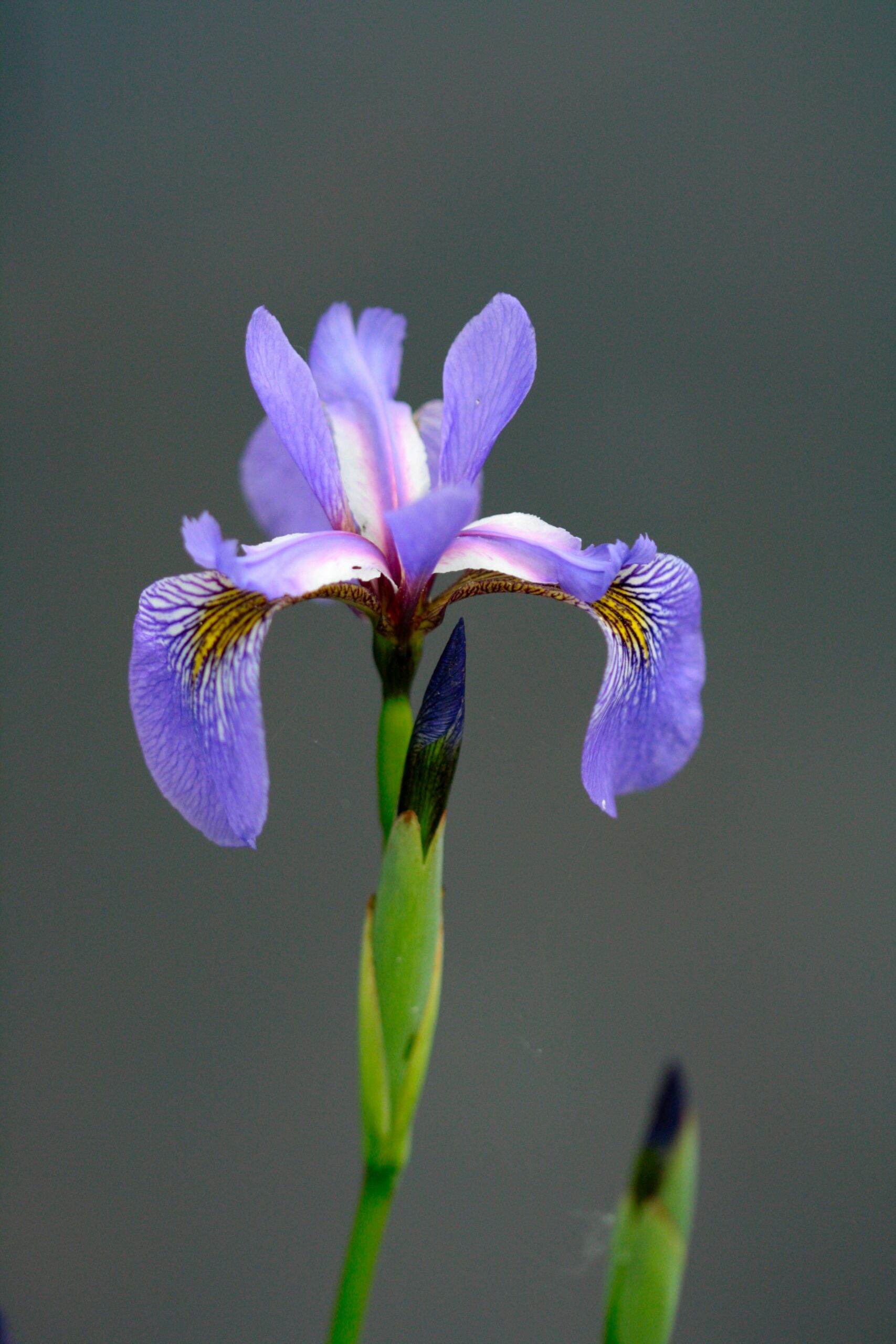
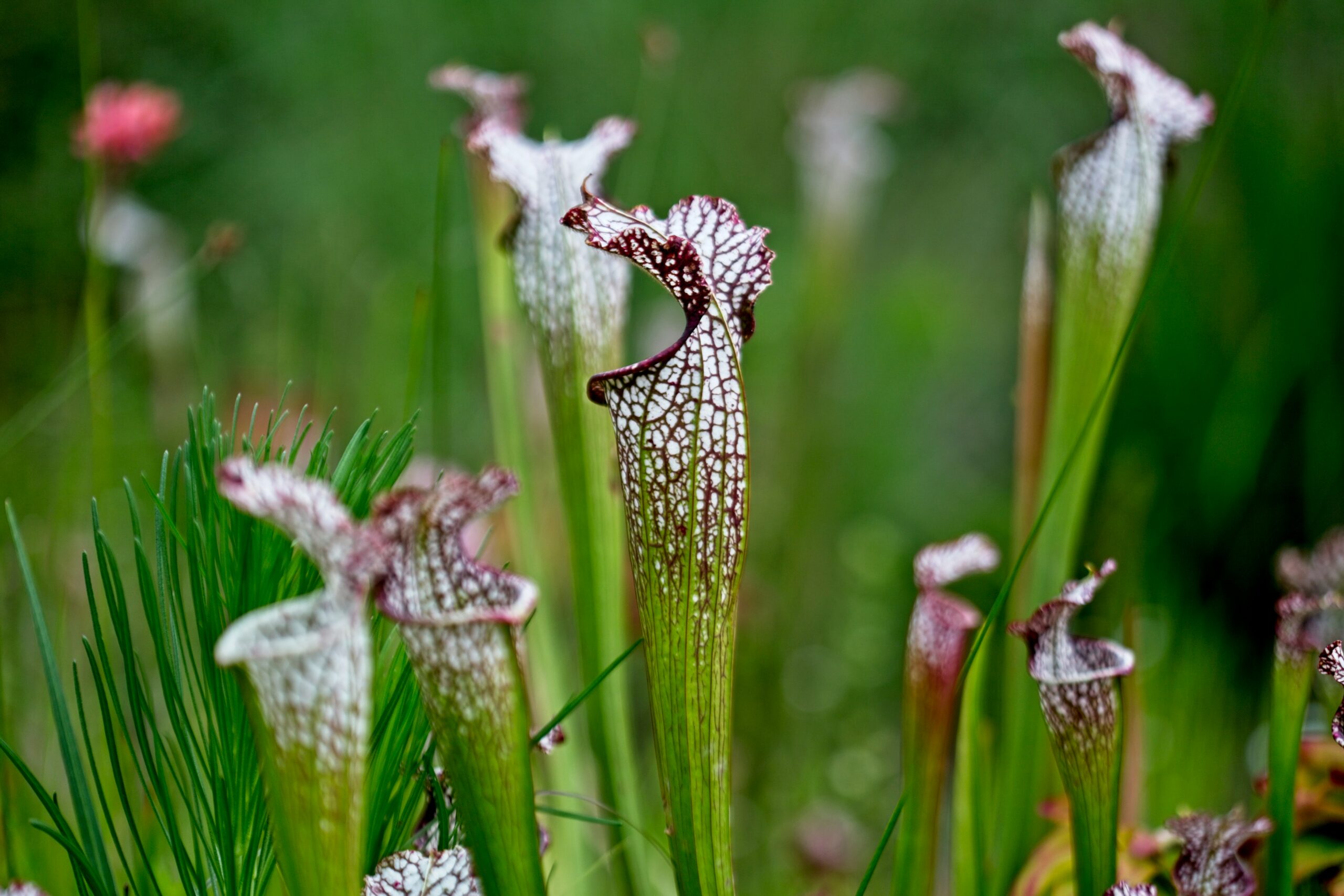
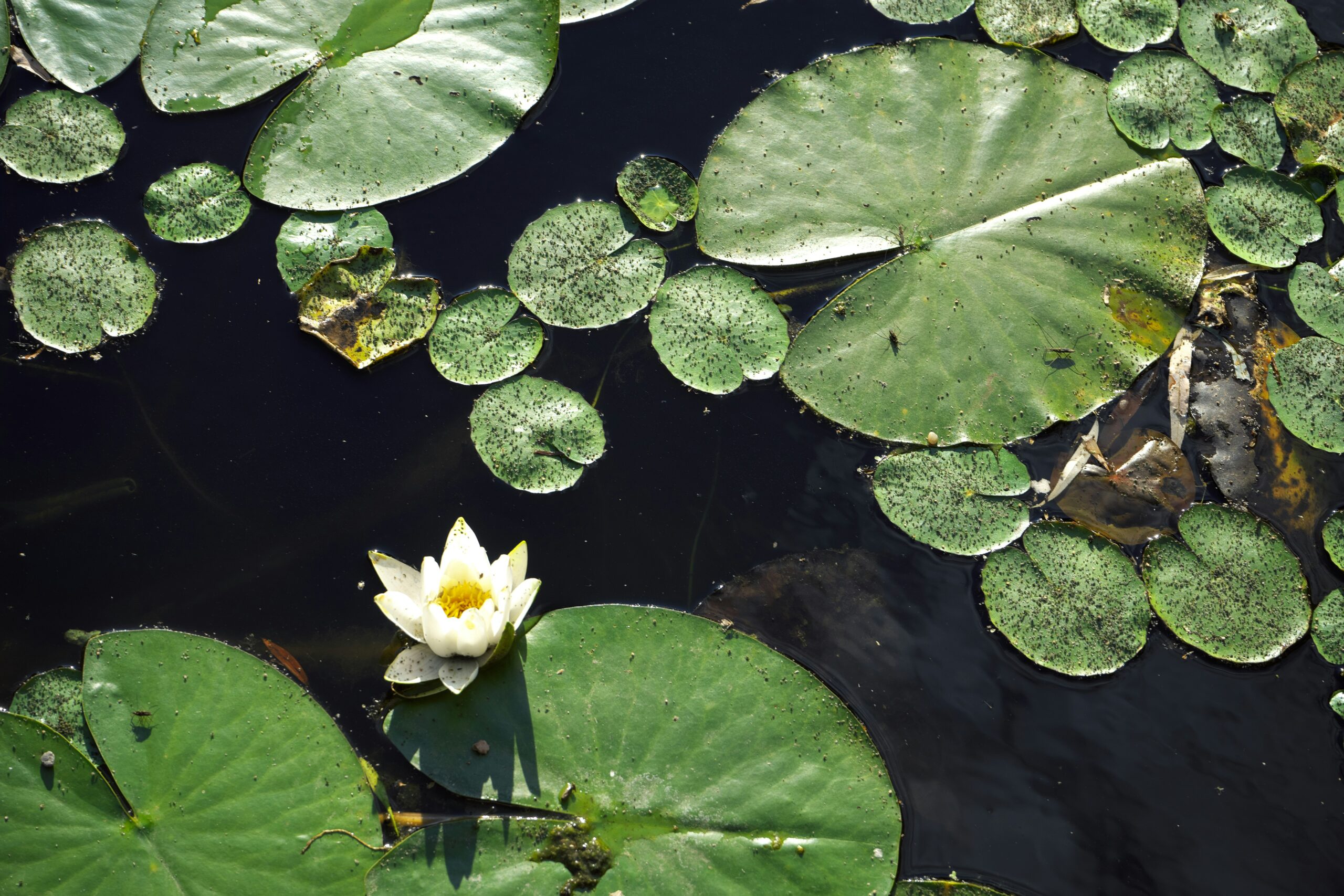
Wetlands
Marsh Marigold (April – May)
Bright yellow flowers that are commonly found in wetlands
Blue Flag Iris (May – June)
Distinctive purple flowers that grow on a tall stalk
Pitcher Plant (May – August)
A carnivorous plant with dark maroon petals and hollow, pitcher-shaped leaves
Jewelweed (July – Sept)
Dangling, orange-spotted flowers hanging off tall stems
White Waterlily (July – September)
Large, floating white flower that opens in the morning and closes in the afternoon

